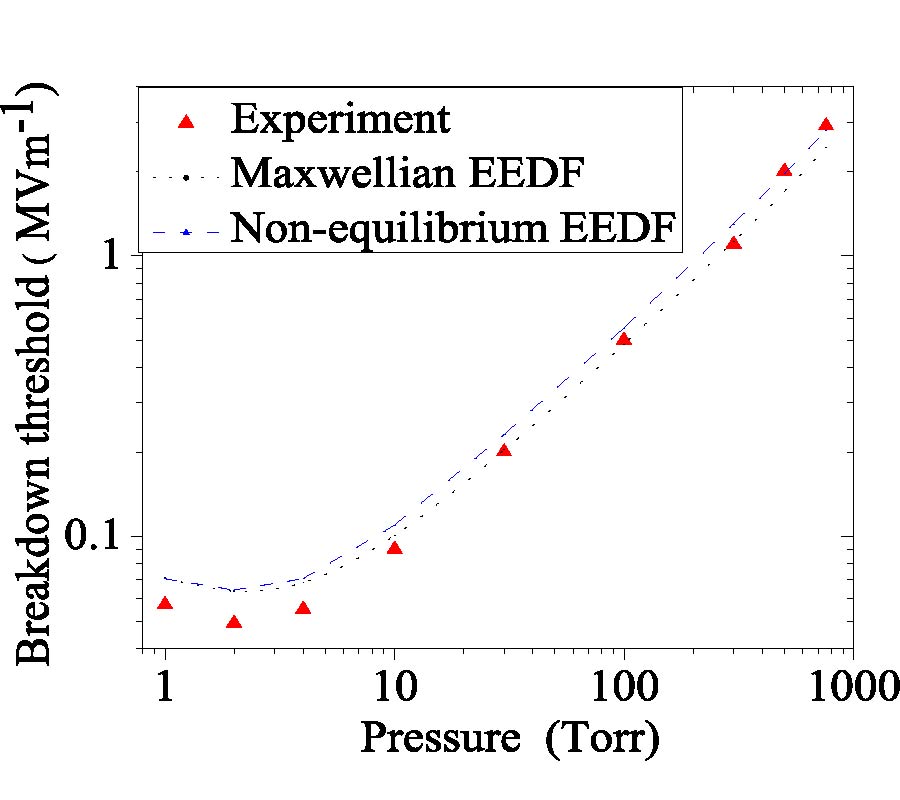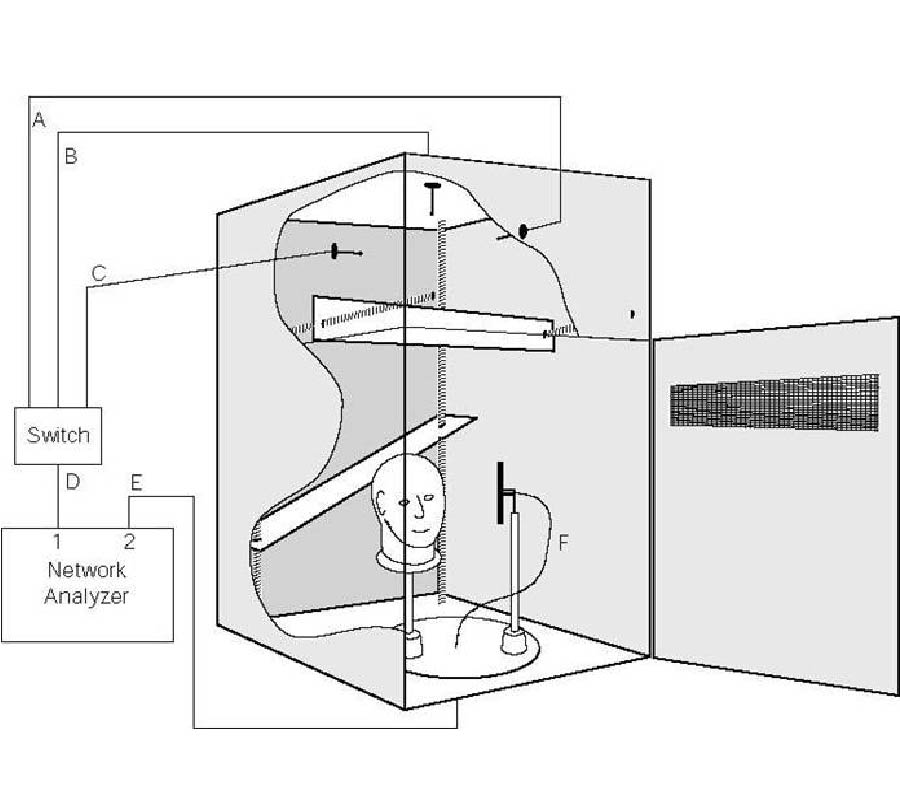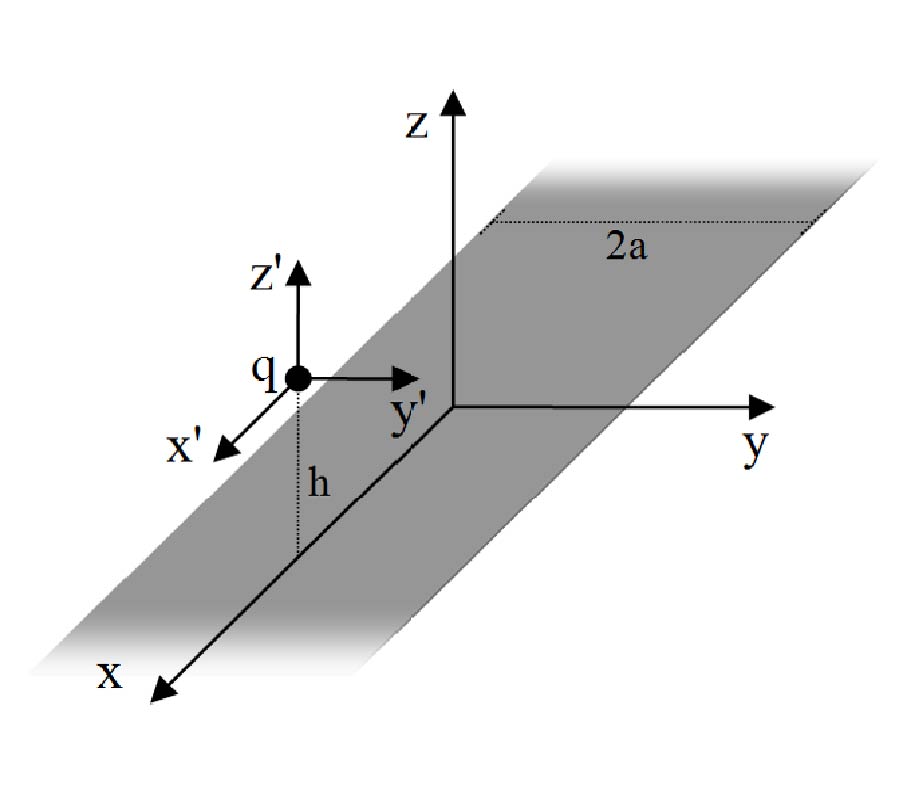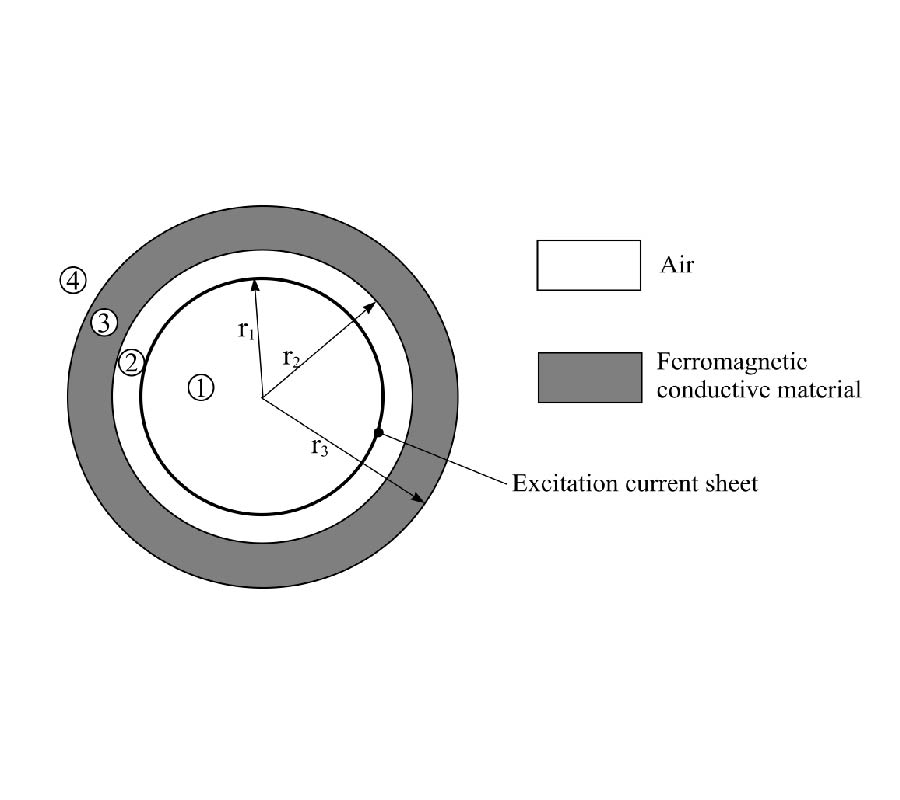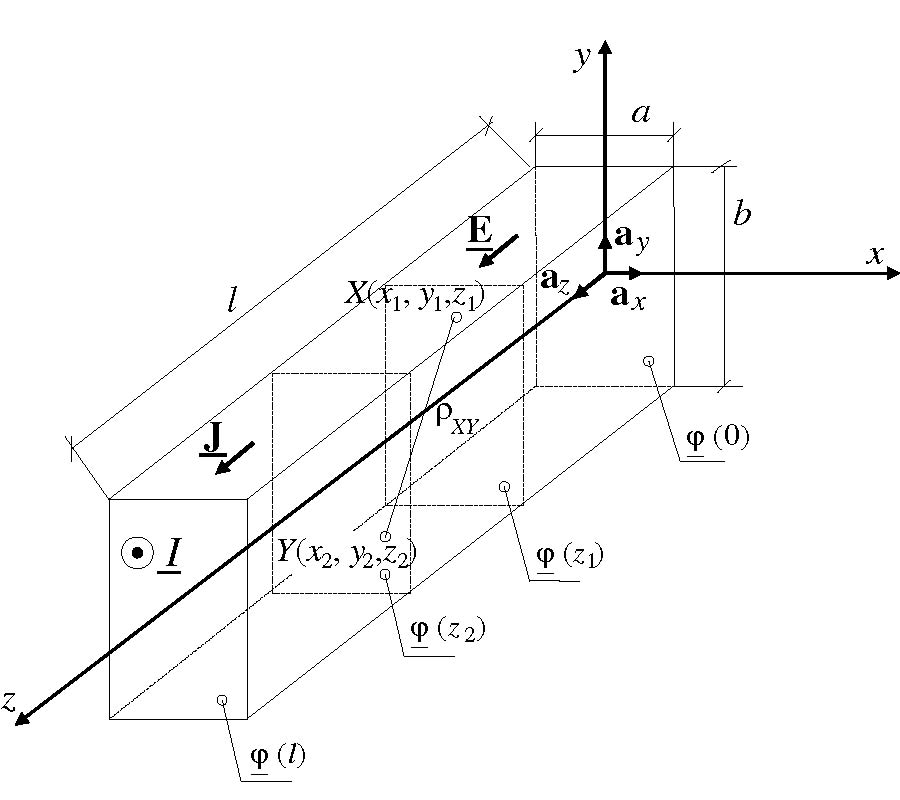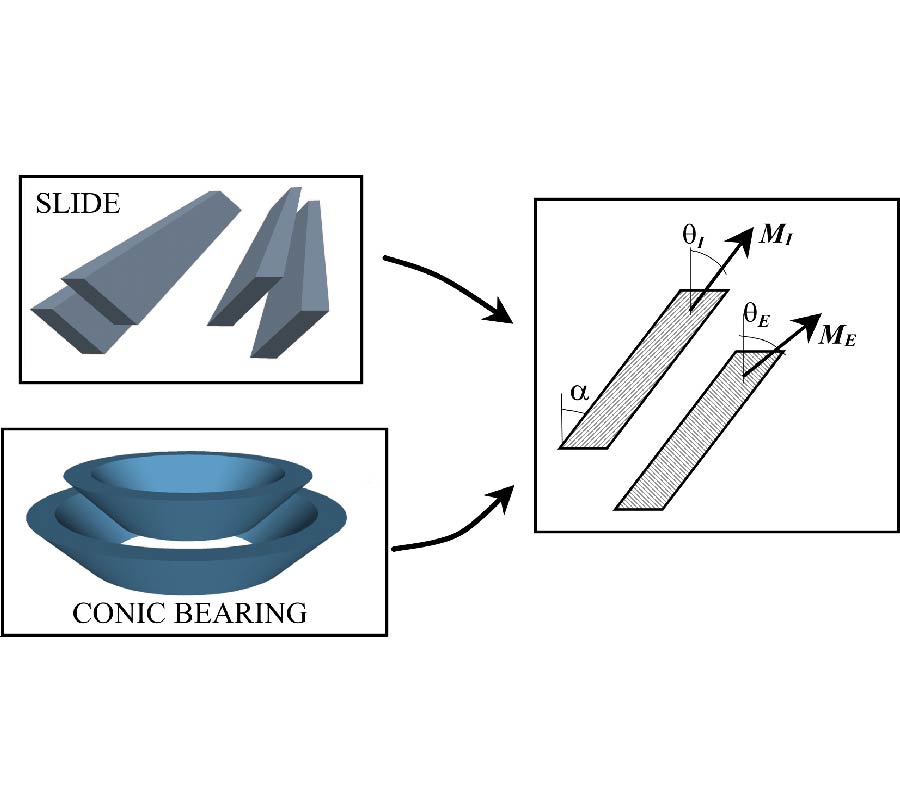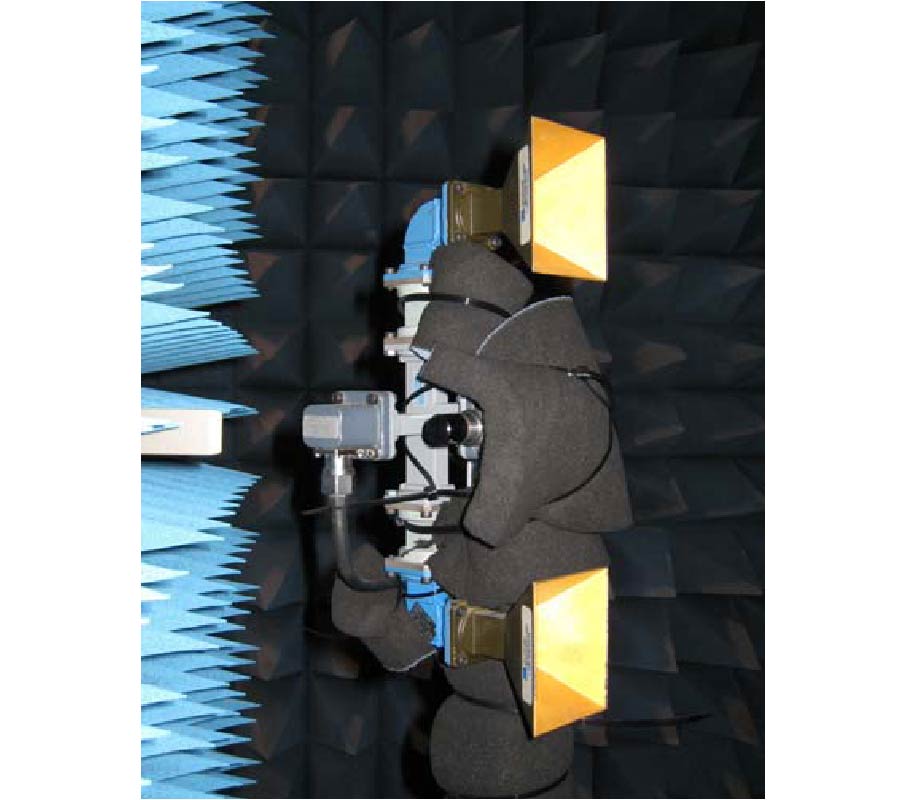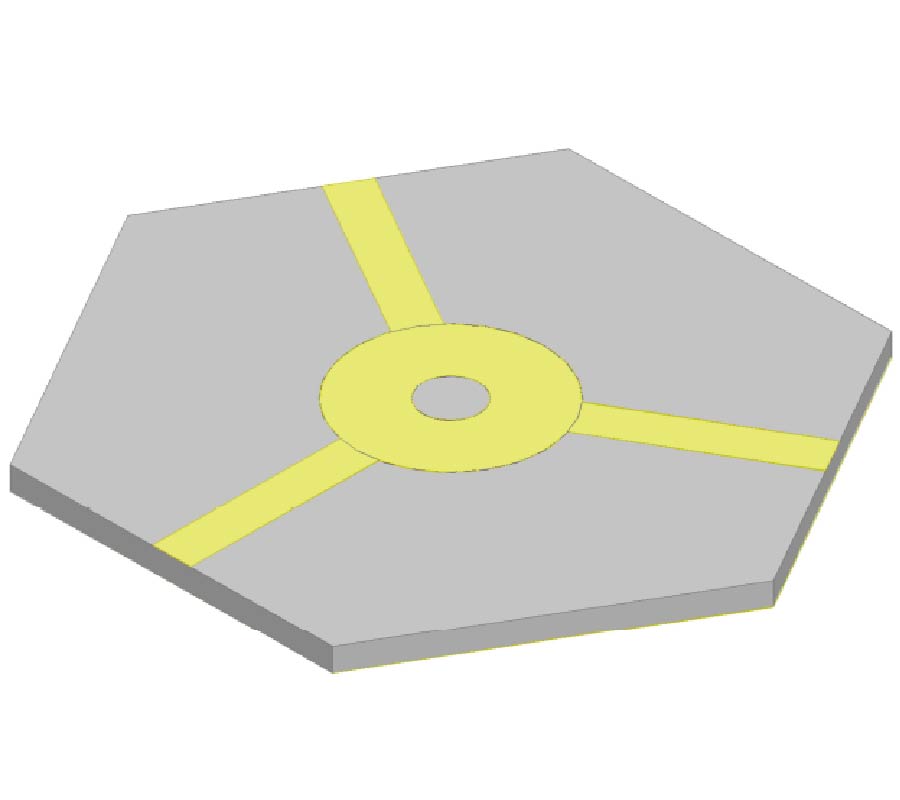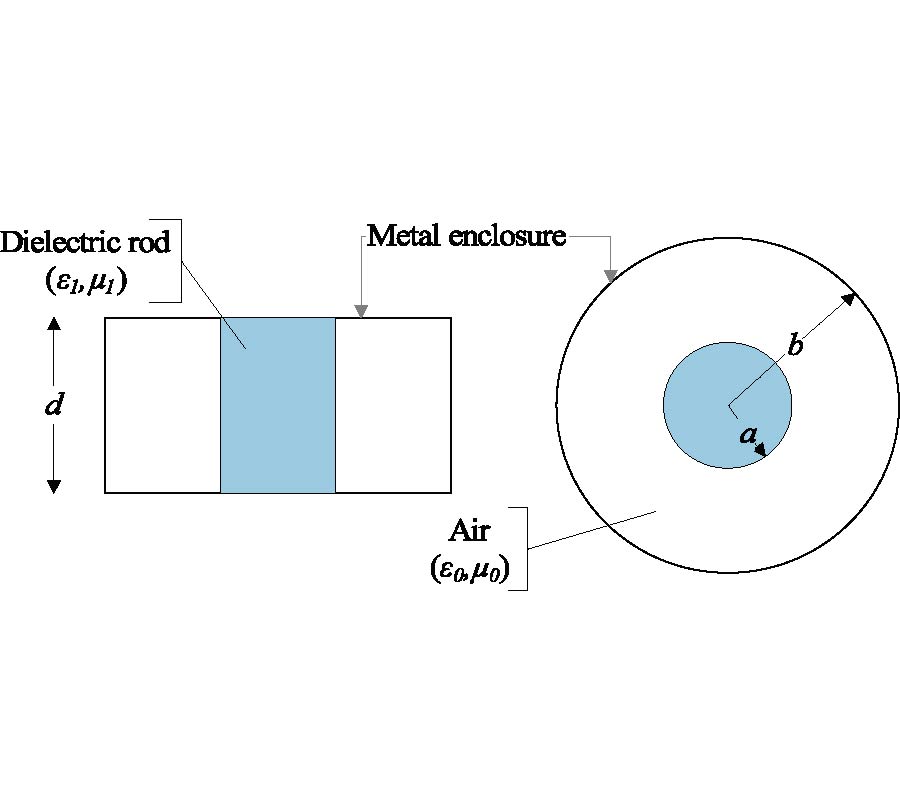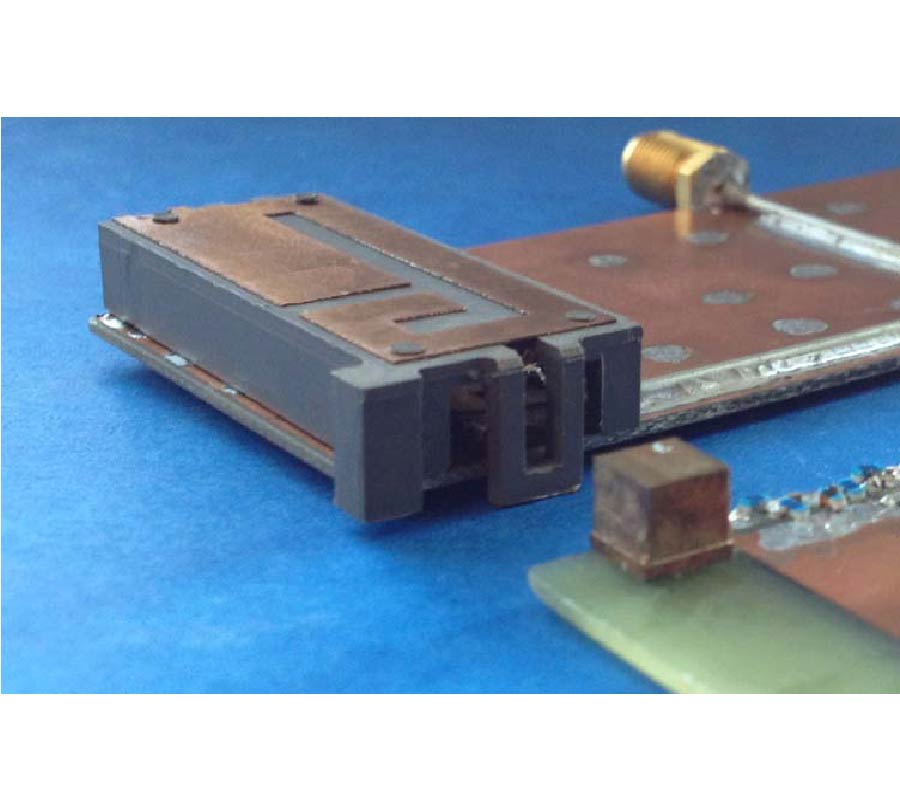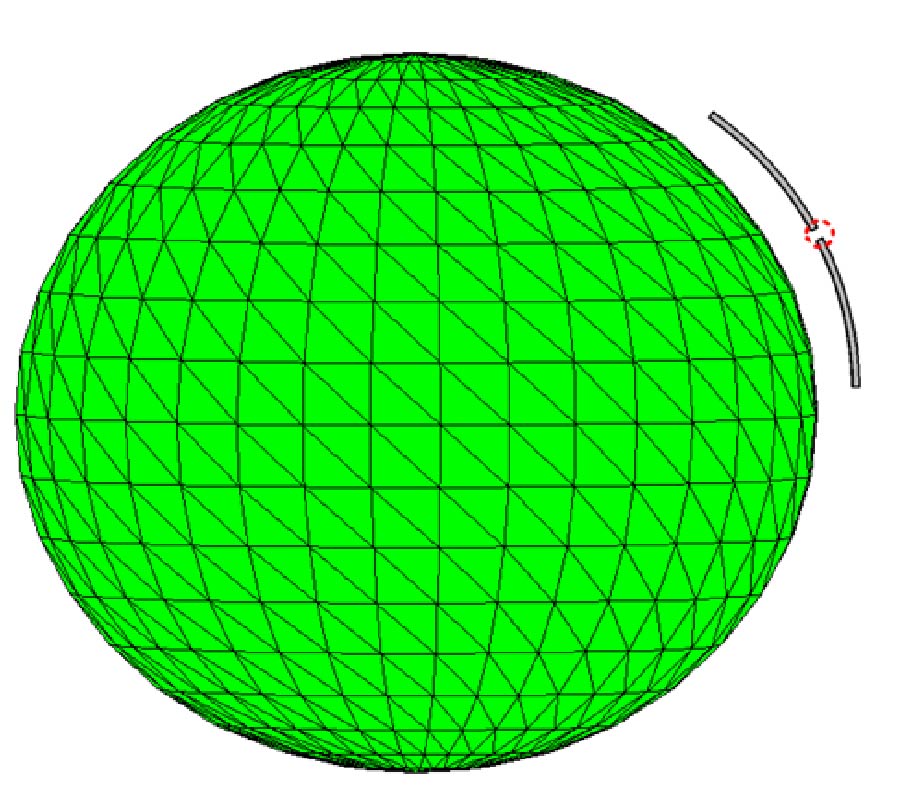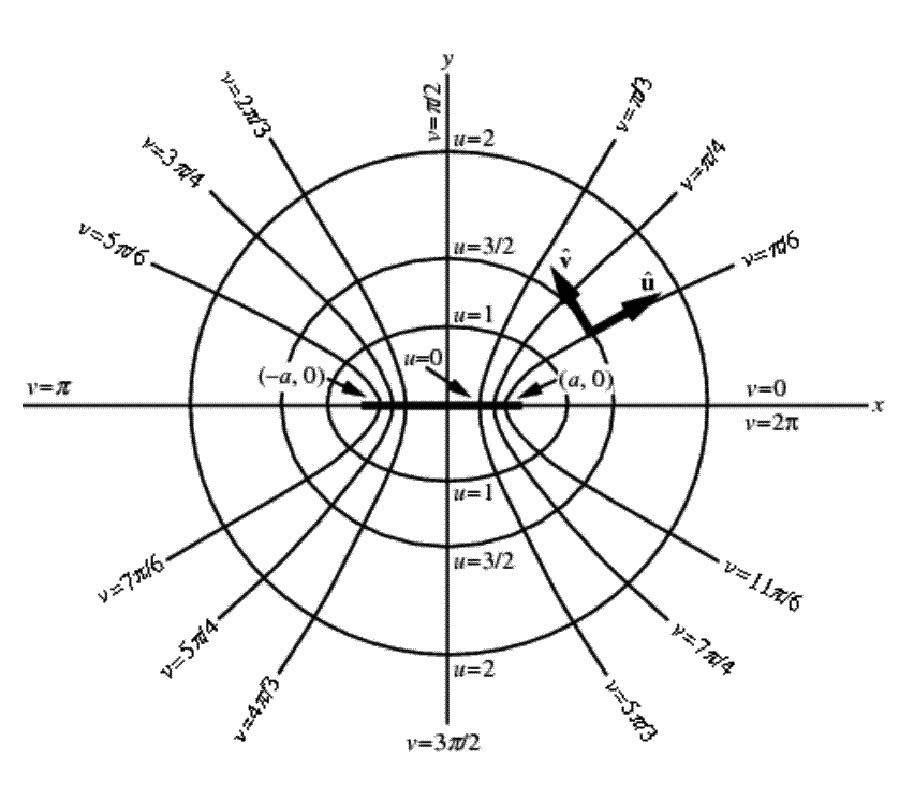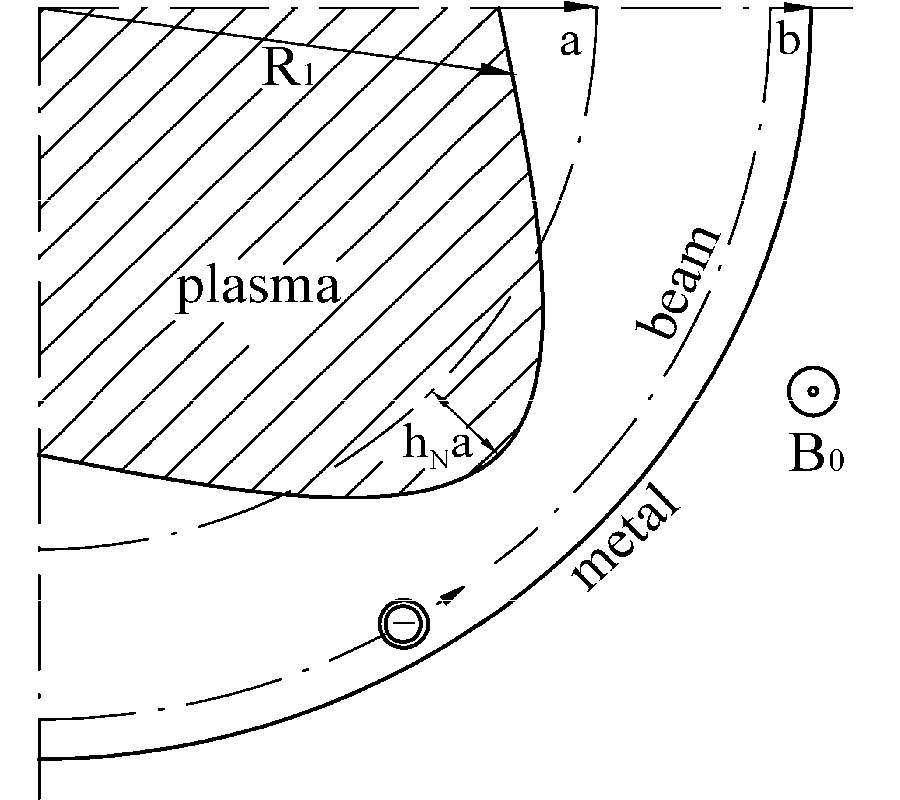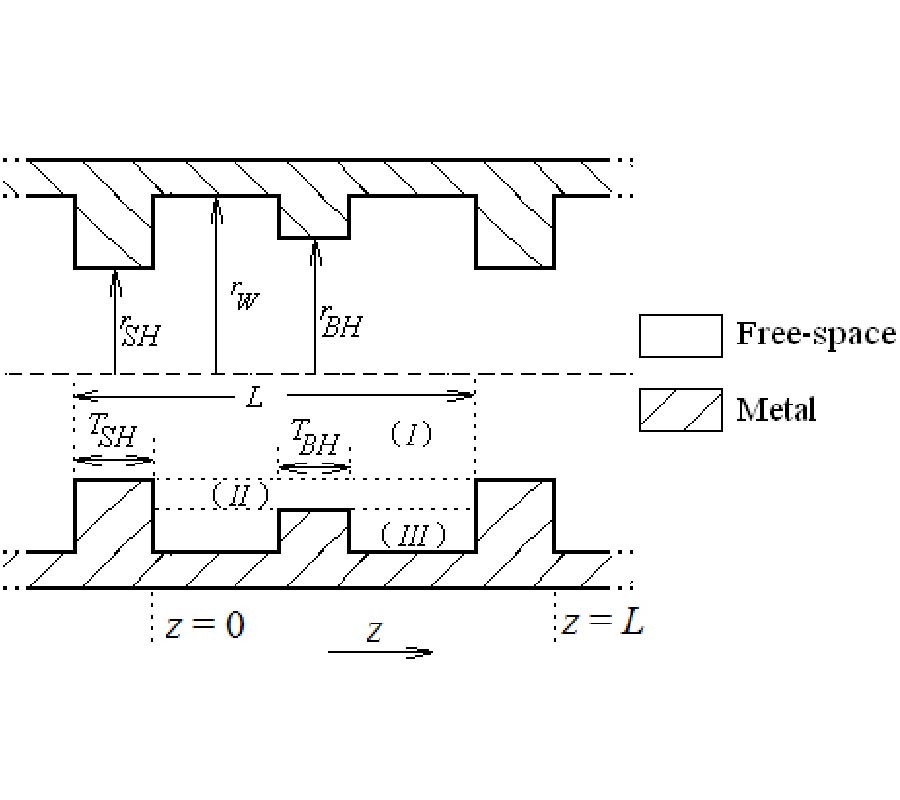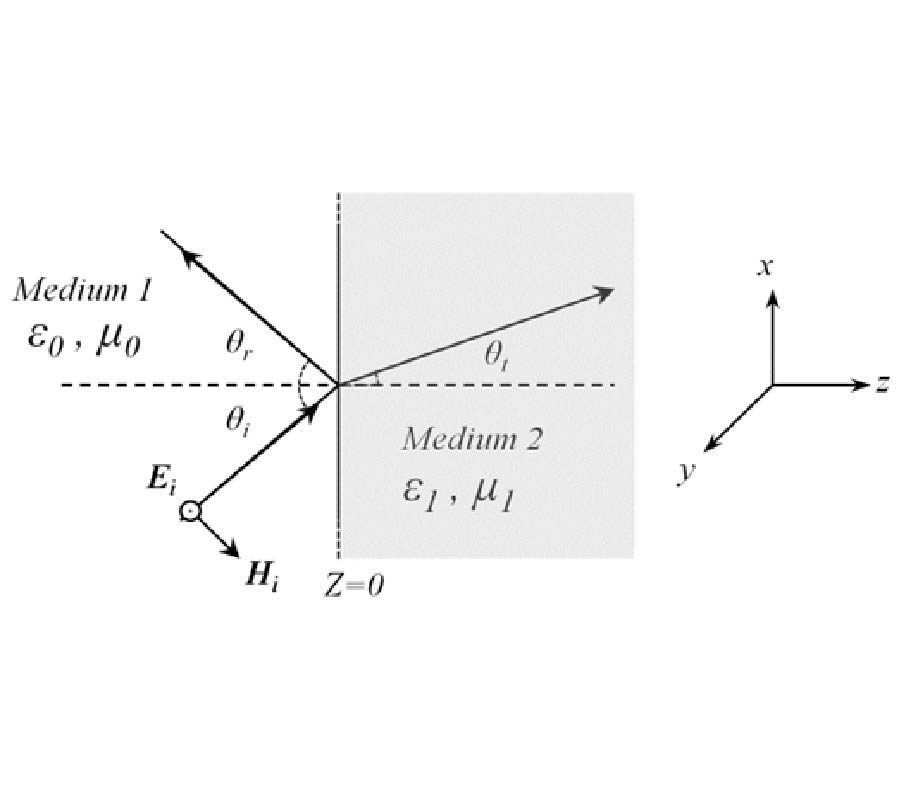Resolution of Multiple Concealed Threat Objects Using Electromagnetic Pulse Induction
Abdulbast Elgwel
,
Stuart William Harmer
,
Nicholas John Bowring
and
Shaofei Yin
The detection and identification of conducting objects using electromagnetic pulses to excite circulating eddy currents within the object is demonstrated by numerical simulation using a finite element time domain electromagnetic solver. The ability to discriminate between objects is based on the decay rate of the induced currents in the object, typically ~ 100 μS. The decay rates are different for a wide variety of everyday objects, allowing threat objects such as handguns, grenades and knives to be discriminated from benign objects such as mobile phones handsets, watches, keys, etc. Crucially, the time constant characterising an object depends only upon the electrical properties of the object (conductivity) and the shape and size of the object; the orientation of the object is irrelevant. This aspect independence of temporal current decay rate forms the basis of a potential object detection and identification system. By application of an algorithm based on the generalized pencil of function method, the authors demonstrate the ability to effectively count and indentify multiple objects carried in close proximity providing that the objects do not have very similar time constants and that signal to noise ratio is high.
